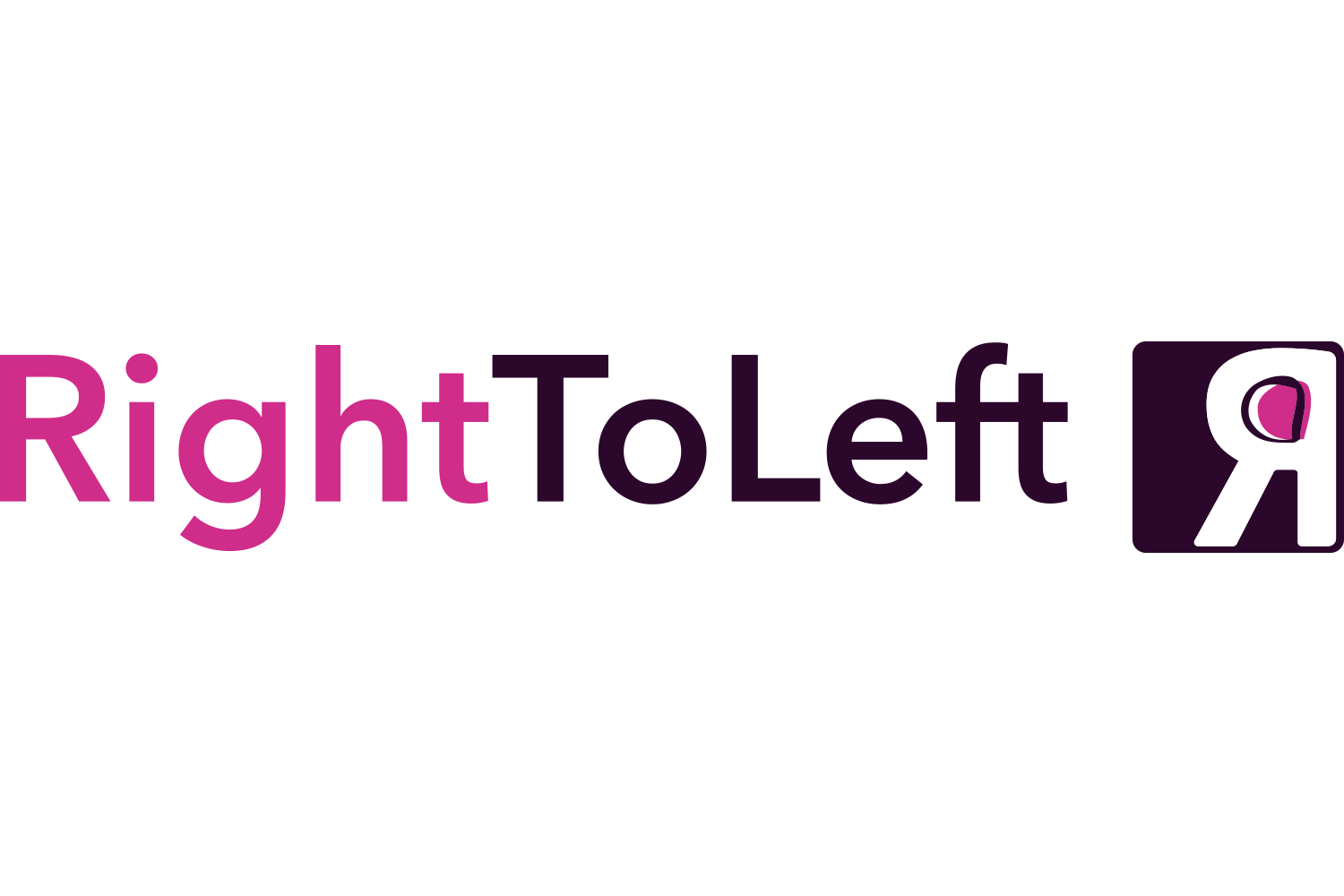Why feature-oriented CPOs fall behind - and what to do about it
As a Chief Product Officer (CPO), you are responsible for creating value by changing user behaviour and maximizing returns from your product portfolio. However, in most companies, CPOs are primarily held accountable for a project plan that is full of features they have committed to deliver. This style of leadership prevents innovation, reduces ROI, and allows competitors to gain an advantage.
In this blog post, we will discuss what it means to be a CPO, what your responsibilities are, and why empowering your team is crucial for success.
Responsibilities of a CPO
A CPO is responsible for leading the product team and creating a product vision and strategy. They must have a deep understanding of their customers, market trends, and competitor landscape. CPOs must have excellent communication skills, be excellent storytellers, and influence others along the product journey.
Most importantly, the CPO is accountable for creating value by changing user behaviour and maximizing returns from their product portfolio. This means they must focus on creating a product that meets the needs of their customers while also generating revenue for the company.
This is how things should be, of course - but not how they always are. Often CPOs are held against deliverables for features on a timeline, often put there without proper evidence or research. This can cause demotivated teams, wasted investment, and dissatisfied customers.
Empowered vs. squashed teams
Empowered teams are those who have the autonomy to make decisions and have a sense of ownership over their work. They are motivated, innovative, and have high morale. These teams are market leaders with high growth potential, happy customers, and built-in grit; they feel like they can achieve anything.
On the other hand, squashed teams lack autonomy and lack motivation and focus. They are not allowed to make decisions and feel like they have no ownership over their work. These teams suffer from low morale, and reduced ROI, and are constantly dealing with customer complaints. As a result, they are not innovative and are often left behind by their competitors.
What is the difference between these two teams? Middle management. Toxic individuals can have a significant impact, but most frequently, it is the leadership team that causes the difference, and it’s important for us as leaders to take accountability for that problem. How we behave sets the tone for the rest of the company, and if we aren’t empathetic, vulnerable, and supportive, then we cannot expect our teams to behave in the same way. (It can’t be do as I say, not as I do!)
So how do we go about changing that?
Deliver value by empowering your team
To create an empowered team, you must become an outcome leader. An outcome leader focuses on the value created rather than the volume of features released. Research from Pendo, the product analytics firm, shows only 12% of features are ever used. Consider that for a moment, 88% of development effort is wasted with an enormous lost opportunity. Outcome leaders empower their team to make decisions and take ownership of their work, trusting them to deliver results and create an environment where they feel comfortable making those decisions.
To become an outcome leader, you must communicate your vision and strategy to your team in a clear way. The Product VCP is a tool to help you achieve this. You must also be transparent about your goals and allow your team to make decisions based on them. Most importantly, remember that communicating a vision and strategy is not just a one-time thing, it requires constant communication, presentation, and revision.
Once your team is able to take ownership of their work and feel like they are making a difference, they’ll be supported to be more innovative and come up with new ideas that can drive growth for your company.
Conclusion
As a CPO, you are responsible for creating value by changing user behaviour and maximizing returns from your product portfolio. However, in most companies, CPOs are mostly held accountable for a project plan that is full of features. This can cause teams to become demotivated, create all sorts of tech debt, and cause the risk of business failure.
To create an empowered team, one must aim to become an outcome leader. Put more focus on the outcome rather than the output, and empower your team to make decisions and take ownership of their work. And no, that doesn’t mean you aren’t responsible for the end result, but it does mean you should be able to lead the entire product team (and company) to focus on the value the product, services, and company are providing the customer. As a leader, you have the power to influence and change the thought process from solutions to value, which will inevitably drive more growth and success.

